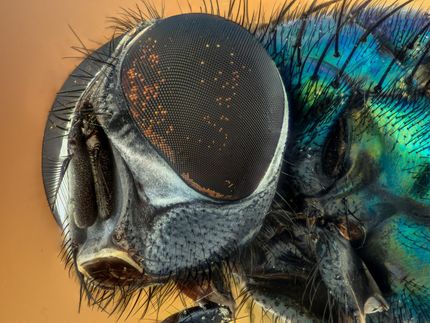The proteins that help plants keep time
Researchers at the RIKEN Plant Science Center have clarified the function of three proteins that play a central role in the circadian clock in plants. The finding, to appear in the journal The Plant Cell, opens the door to the engineering of plant clock systems, with powerful applications to agriculture. The circadian clock, a 24-hour biological cycle governing everything from seasonal flowering to hormone secretion, has been the focus of intense attention in plant science research for its wide-reaching implications to growth and development. At the heart of this clock is a feedback loop of gene expression known as the ‘central oscillator’, whose interaction is thought to regulate biological rhythms governing various physiological processes. With their finding, the researchers have clarified the way in which this oscillator adjusts its activity throughout the day. They show that the three proteins studied, the Pseudo-Response Regulators PRR5, PRR7 and PRR9, associate with promoter regions of the genes CCA1 and LHY to repress transcription of these genes at different times. Collectively, this sequential repression shapes the clock’s activity over the 16-hour period from day to night. An essential component of the central oscillator, this mechanism of gene repression fills a crucial gap in our understanding of circadian clock function in plants. Artificial manipulation of the three proteins enables control over time-specific components of the clock system connected to properties such as plant size and stress tolerance, with significant potential benefits to agriculture.
Other news from the department science

Get the life science industry in your inbox
By submitting this form you agree that LUMITOS AG will send you the newsletter(s) selected above by email. Your data will not be passed on to third parties. Your data will be stored and processed in accordance with our data protection regulations. LUMITOS may contact you by email for the purpose of advertising or market and opinion surveys. You can revoke your consent at any time without giving reasons to LUMITOS AG, Ernst-Augustin-Str. 2, 12489 Berlin, Germany or by e-mail at revoke@lumitos.com with effect for the future. In addition, each email contains a link to unsubscribe from the corresponding newsletter.



















































